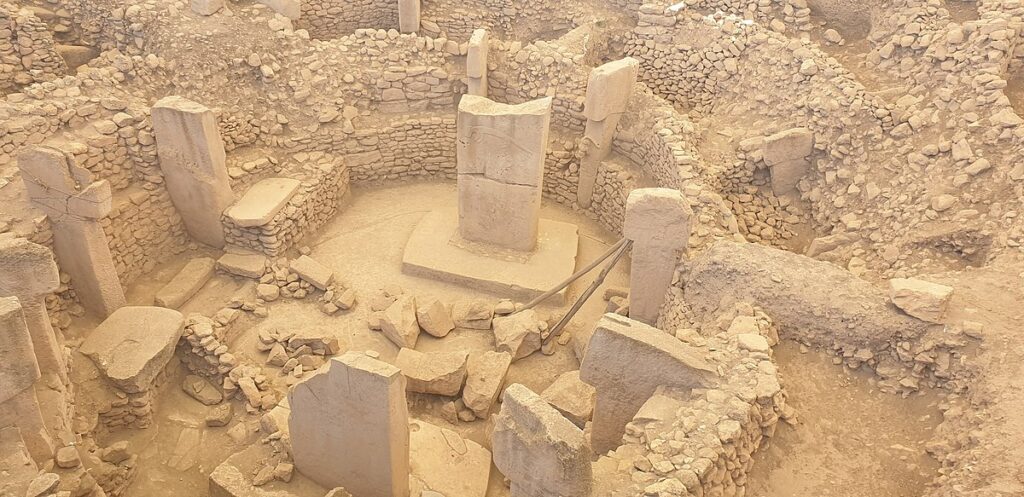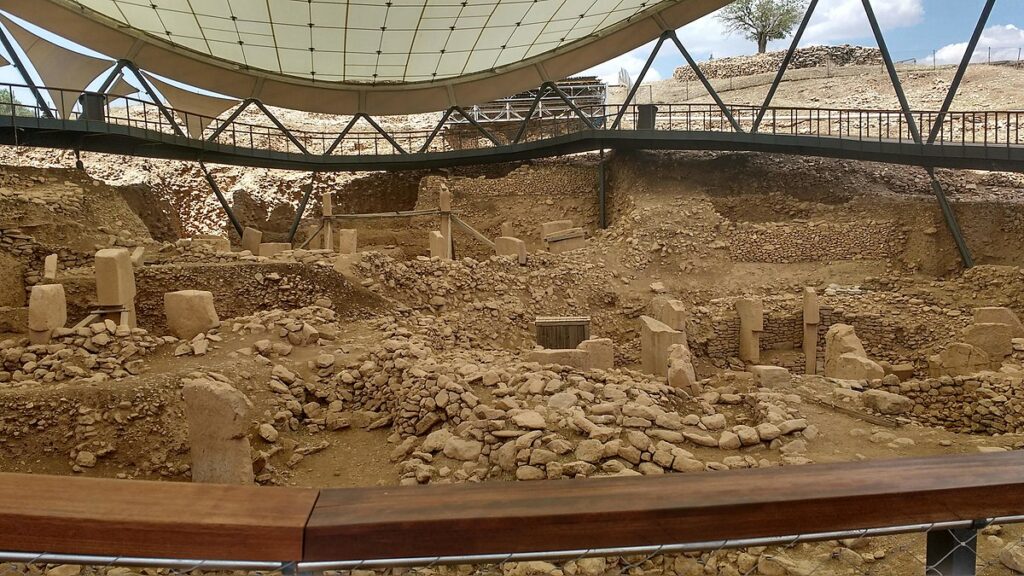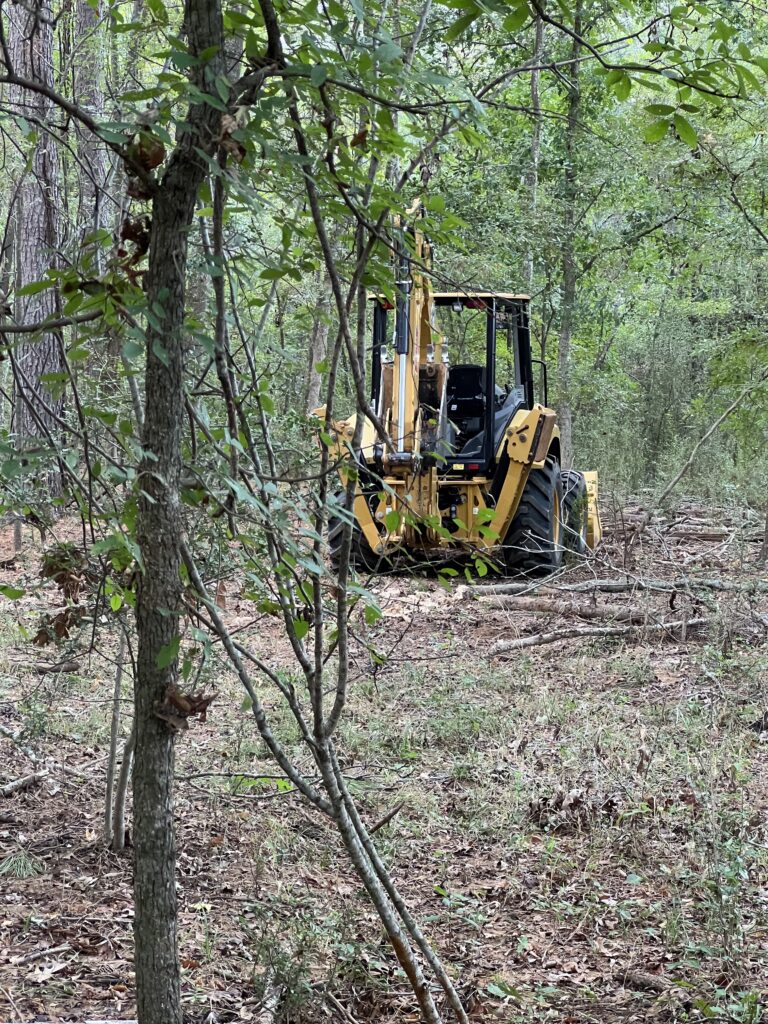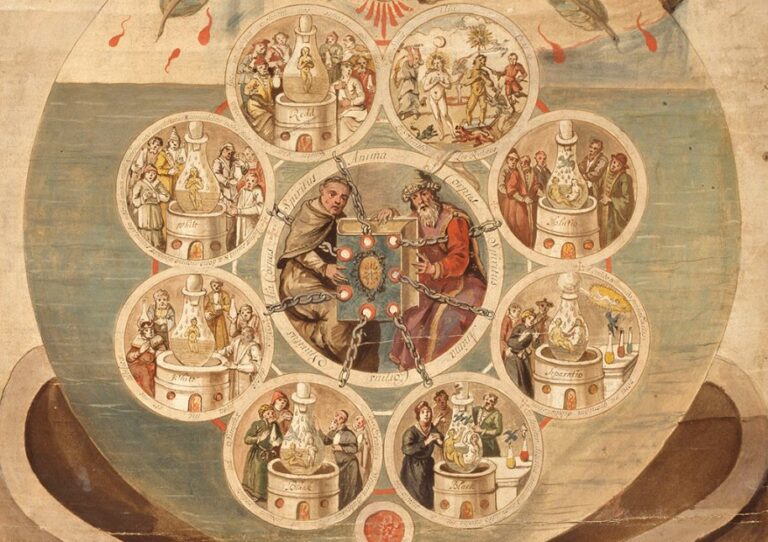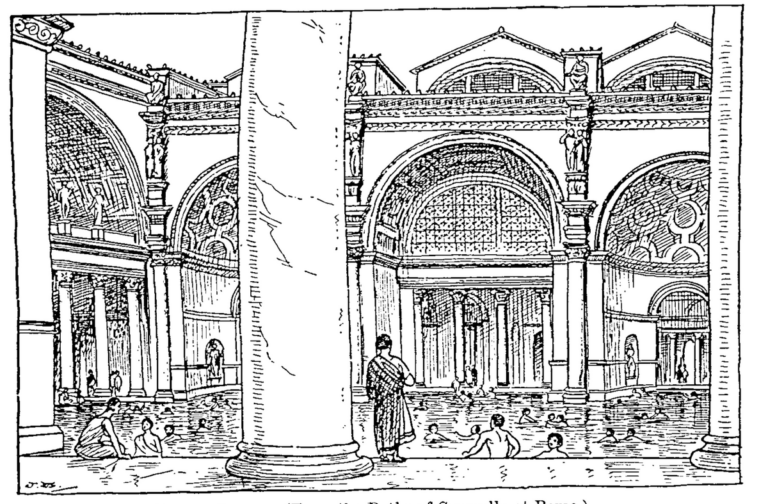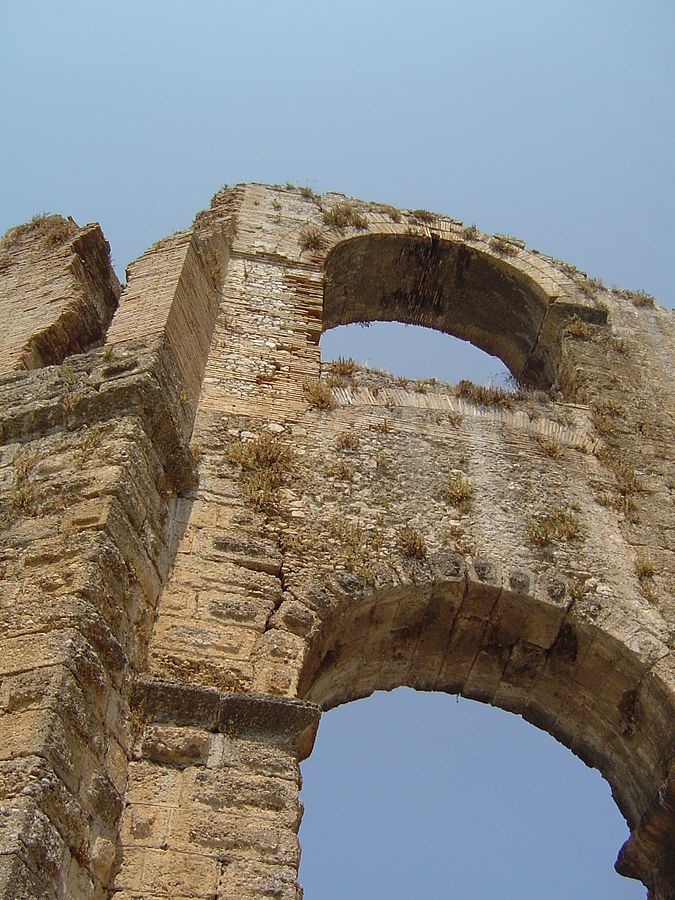Göbekli Tepe: A Journey Through Prehistory
The world is full of magnificent relics that stand as a testament to our ancient past, but few sites are as profound and perplexing as Göbekli Tepe.
Unearthed in the barren landscapes of southeastern Turkey, this archaeological site challenges conventional theories about the rise of civilization and raises more questions than it answers.
Phonetic pronunciation: Gö-back-lee tépé.
The Discovery
The story of Göbekli Tepe’s unearthing dates back to 1963, when Istanbul University and the University of Chicago conducted a joint survey that stumbled upon the site. However, at this point, it was largely misunderstood. The team noticed slabs of limestone but interpreted them as Byzantine-era graves, not realizing the immense antiquity of the site. As a result, Göbekli Tepe remained untouched for several more decades, its true importance concealed under the soil and the misinterpretations of the initial researchers.
The narrative changed dramatically in the 1990s when German archaeologist Klaus Schmidt of the German Archaeological Institute visited the site. Schmidt, who had been working on another site named Nevali Cori featuring similar, albeit smaller, T-shaped pillars, recognized the potential of Göbekli Tepe almost immediately. Intrigued by the visible fragments of limestone pillars, he began extensive excavations in 1995.
The archaeological finds that Schmidt and his team unearthed in the following years were groundbreaking. The monolithic T-shaped pillars, some with detailed animal carvings, were nothing like any known Neolithic artifact. Carbon-dating of organic material found at the site placed its origins to around 9600 BCE, making it one of the world’s oldest known architectural complexes, predating even the pyramids of Egypt and the stone circles of Stonehenge.
Schmidt dedicated his career to excavating and understanding Göbekli Tepe, working at the site until his death in 2014. Today, despite his passing, the work continues, and each excavation season uncovers new layers of this prehistoric mystery, shedding light on the lives and beliefs of our early ancestors.
However, with only a small portion of the site unearthed, the full extent of Göbekli Tepe’s archeological treasures and its contribution to our understanding of early human civilization remains tantalizingly out of reach. As we continue to dig and discover, Göbekli Tepe promises to keep astonishing the world with its hidden secrets and mysteries.

Monumental Structures
At the heart of Göbekli Tepe lie enormous stone pillars, arranged in circular or oval formations, referred to as enclosures. Each enclosure generally comprises two large T-shaped pillars at the center, surrounded by smaller, inward-facing pillars embedded in the walls.
The central pillars are monolithic, up to 5.5 meters high and weigh up to an estimated 20 tons. These colossal stones were not only quarried and transported but also intricately carved with a variety of animal motifs, such as foxes, boars, snakes, and birds. The variety of these carvings suggests a rich symbolic system, though its specifics remain largely speculative.
In total, archaeologists have uncovered about 20 such enclosures at Göbekli Tepe, but geophysical surveys indicate that many more could still lie buried.
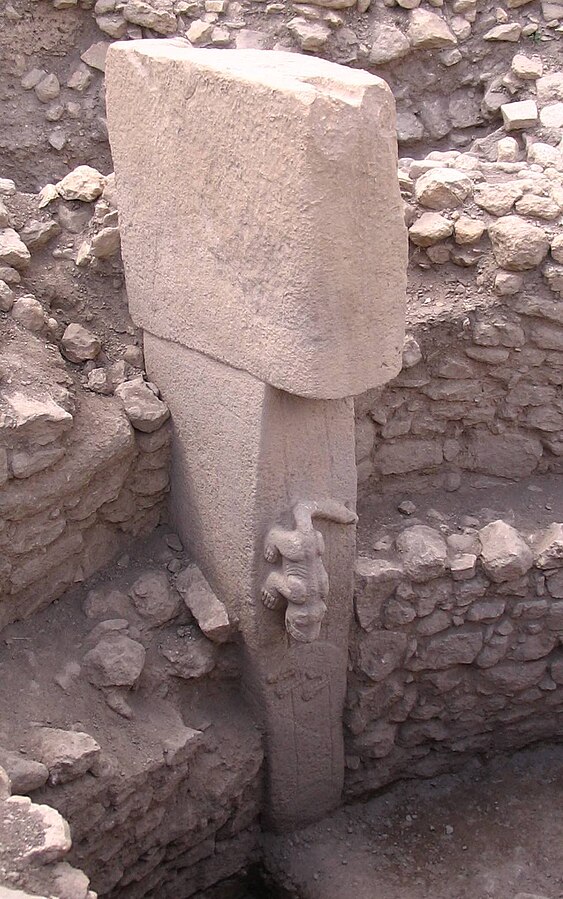
Another intriguing possibility is that Göbekli Tepe was an early astronomical observatory. Some researchers argue that the pillars could align with celestial bodies or events, similar to the way Stonehenge aligns with the summer solstice. However, this theory is still under investigation and hasn’t gained as much acceptance as the ritual center hypothesis.
For more information on its celestial connection click here.
In conclusion, while we have gained substantial knowledge about the physical structure of Gobekli Tepe, the site’s function remains elusive, evoking theories that range from ritualistic practices to astronomical observations. As the excavations and research continue, it is hoped that the purpose of these awe-inspiring structures will become clearer. Until then, Göbekli Tepe continues to hold its secrets, a silent testament to the ingenuity and capability of our prehistoric ancestors.
A Prehistoric Enigma
The purpose of Göbekli Tepe remains enigmatic. Some researchers propose that it was a ritual or ceremonial center for hunter-gatherer communities, a meeting point for feasts, funerals, or rites of passage. The frequent occurrence of animal depictions in the carvings could suggest a totemic system or shamanistic beliefs. However, the lack of residential structures and the sheer scale of the project suggest it was more than just a local gathering place.
Göbekli Tepe also disrupts traditional theories about the Neolithic Revolution, the transition from hunter-gatherer lifestyles to settled farming. This site’s existence suggests that the drive to build monumental structures may have prompted communities to settle down and cultivate crops, effectively reversing the previously accepted sequence of events.
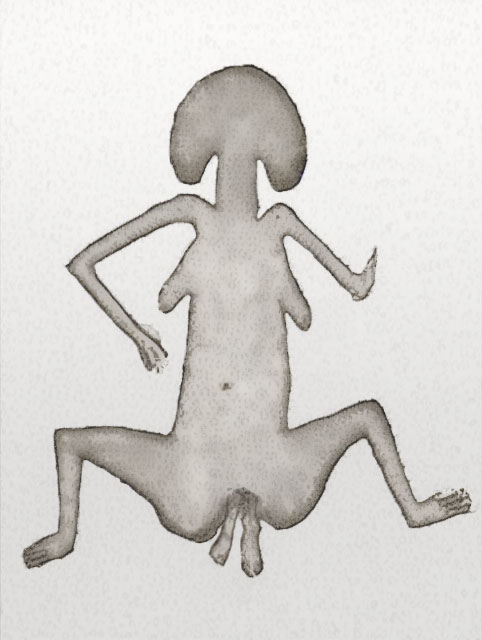
The Mystery of Burial
The last major construction at Göbekli Tepe took place around 8200 BCE, after which the site was meticulously backfilled and abandoned for reasons unknown. The intentional burial of the site might have been a means of “closing” or “retiring” the area, possibly as part of a particular ritual or tradition.
This act of preservation has left the site relatively well preserved, making it a veritable time capsule of our distant past. However, it also adds another layer to the site’s mystery. Why would a society capable of such monumental constructions decide to bury their accomplishment?
Decoding Göbekli Tepe
Even after decades of research, Göbekli Tepe retains its mystique. Only a fraction of the site has been excavated, and each new season of digs promises fresh revelations. It is as if we have only just begun to scratch the surface of this archaeological enigma.
Göbekli Tepe offers a glimpse into a time when human society was undergoing profound changes. It challenges our understanding of human history and compels us to rethink our assumptions about the origins of civilization. It is a testament to the creative and organizational capacities of our ancestors, reminding us that the human spirit’s drive to create and connect transcends time.
While the ancient stones of Göbekli Tepe continue to keep their secrets, they also continue to intrigue and inspire us. As we delve deeper into this fascinating site, we do more than uncover our past; we explore the depths of the human journey itself.
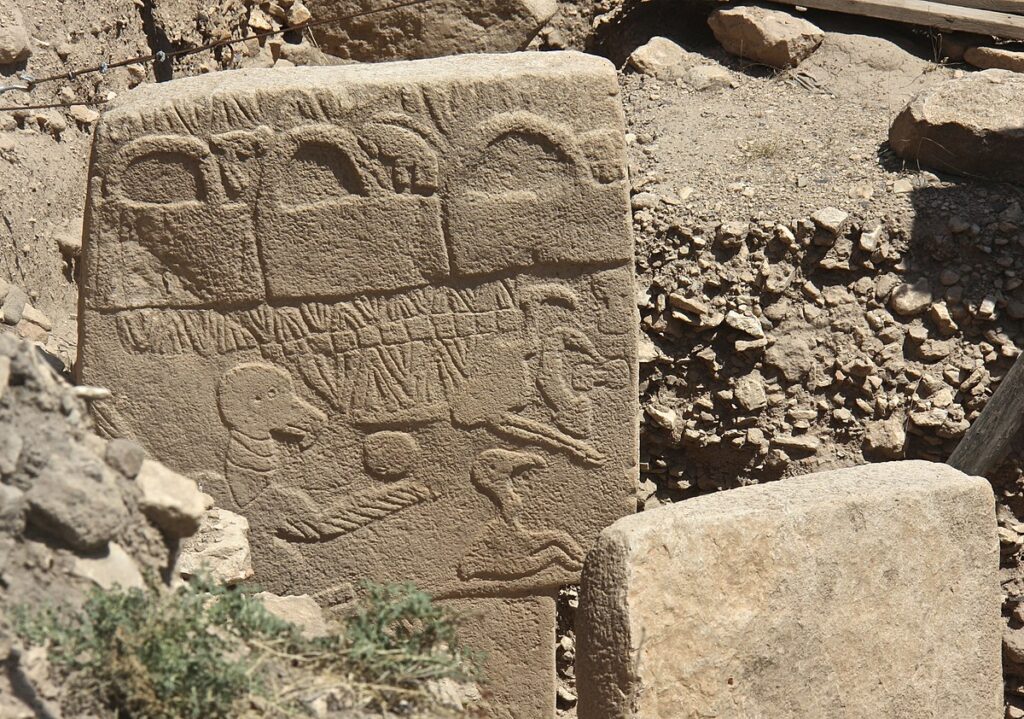
In Göbekli Tepe, we find more than just the echoes of ancient stones.
We find a reflection of our own innate curiosity, a testament to our enduring quest to understand ourselves and our place in the grand narrative of history.
The true value of this unique archaeological site, therefore, lies not just in its ancient stones, but also in the timeless questions that it prompts us to ask.
Check This Out
“Fun Fact: Despite its size and the complexity of its constructions, Gobekli Tepe was built by prehistoric people who had not yet developed metal tools or pottery. All of the intricate carvings and enormous stone structures were made using rudimentary tools like stone hammers and flints. This fact significantly challenges the traditional view of technological and social development, as it shows that complex symbolic systems and monumental architecture were within the capabilities of hunter-gatherer societies. It’s a testament to human ingenuity, demonstrating that our ancestors were able to create incredible structures with limited tools and technologies.”
If this article piqued your interest, we invite you to explore our other pieces on various archaeological sites. Simply click the button below to dive into more fascinating histories.

